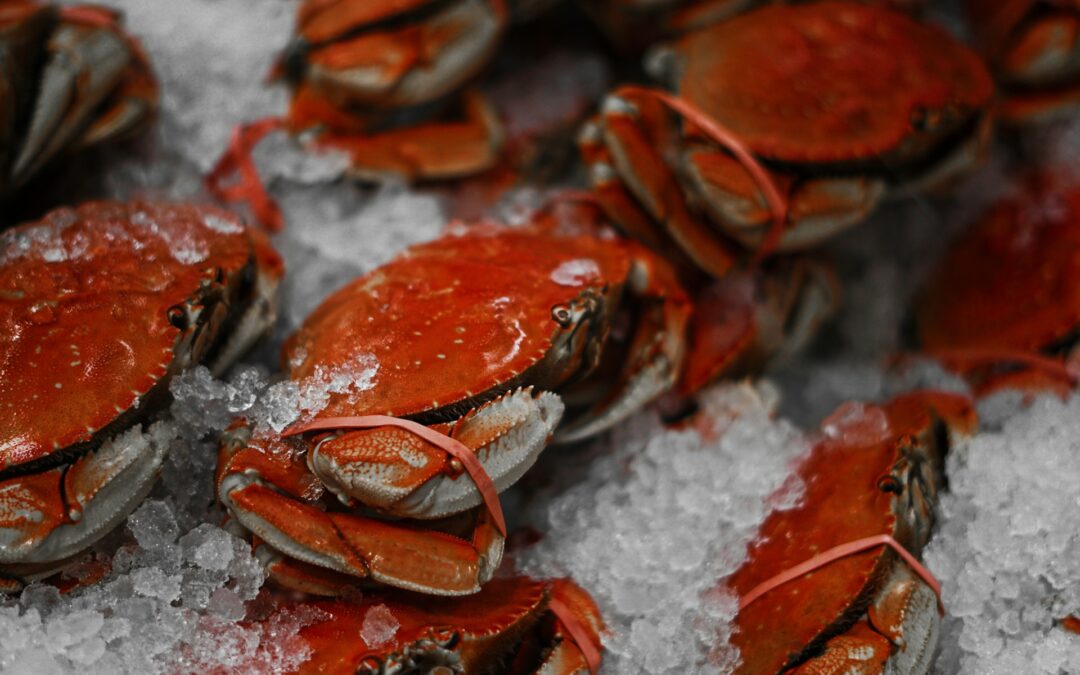Cooked shrimp, with its delicate flavor and versatility, is a kitchen staple for many. However, its delicate nature also means it’s highly perishable. Knowing exactly how long cooked shrimp lasts in the fridge is crucial to prevent foodborne illness and avoid wasting money. This comprehensive guide will delve into the science behind shrimp spoilage, provide practical tips for safe storage, and offer clear indicators to help you determine whether your shrimp is still safe to eat.
The Science Behind Shrimp Spoilage
Shrimp, like all seafood, is highly susceptible to bacterial growth. Bacteria are naturally present in raw shrimp, and once cooked, while the number is reduced significantly, it doesn’t eliminate them entirely. Refrigeration slows but doesn’t stop this bacterial proliferation. The ideal temperature for slowing bacterial growth is below 40°F (4°C). Higher temperatures allow bacteria to multiply rapidly, leading to spoilage and potentially dangerous foodborne illnesses. This is why proper storage is paramount.
The type of bacteria that rapidly contaminates shrimp can produce toxins even if the shrimp is cooked. Therefore, even a thoroughly cooked shrimp that’s been improperly stored can still make you sick. This is unlike some food items where cooking eliminates most bacteria. With shrimp, you’re fighting against the clock, especially after cooking.
How Long Cooked Shrimp Stays Fresh in the Refrigerator
Generally, properly stored cooked shrimp will remain safe to eat for 3 to 4 days in the refrigerator. This timeframe assumes the shrimp was cooked properly and immediately refrigerated after cooking. Any delay in refrigeration significantly reduces its shelf life. Remember, this is a guideline; the actual shelf life might vary based on factors like the initial quality of the shrimp and storage conditions.
Factors Affecting Shelf Life
Several factors influence how long your cooked shrimp stays fresh. The initial quality of the shrimp plays a significant role. If the shrimp was not fresh to begin with, its shelf life will be reduced. Additionally, the method of cooking and the temperature of your refrigerator also affect its longevity. Consistently maintaining a refrigerator temperature below 40°F is crucial.
Improper storage, such as leaving the shrimp at room temperature for extended periods before refrigeration, drastically shortens the shelf life and increases the risk of bacterial growth. Even seemingly small temperature fluctuations can have a considerable impact on the bacterial growth rate.
Proper Storage Techniques for Maximum Shelf Life
To maximize the shelf life of your cooked shrimp, proper storage techniques are vital. It’s recommended to store cooked shrimp in an airtight container. This helps to prevent moisture loss and protects the shrimp from absorbing odors from other foods in the refrigerator. Using a shallow container allows for faster cooling which helps impede bacteria.
You can also store the shrimp in a resealable plastic bag, ensuring all the air is squeezed out before sealing. This method is a good budget-friendly alternative to dedicated storage containers. The key is to keep the shrimp as cold as possible, and properly sealed prevents air exposure which can accelerate spoilage.
Freezing Cooked Shrimp for Extended Storage
For longer storage, freezing is your best option. Cooked shrimp can be frozen for up to 3 months in a freezer set to 0°F (-18°C) or lower. Freezing cooked shrimp properly helps maintain its quality and safety for a considerably longer duration compared to refrigeration alone.
Before freezing, ensure the shrimp is thoroughly cooled to room temperature. This minimizes the risk of ice crystal formation which can alter the texture of the shrimp upon thawing. Then, place the shrimp in an airtight freezer bag, removing as much air as possible to prevent freezer burn. Label and date the bag for easy tracking.
Recognizing Spoiled Cooked Shrimp
Knowing how to identify spoiled shrimp is crucial for preventing foodborne illness. The most reliable indicators are its smell and appearance. Spoiled shrimp will have a strong, ammonia-like odor. This pungent smell is a clear sign that the shrimp has gone bad and should be discarded immediately, regardless of its appearance.
Visually, spoiled shrimp may appear slimy or sticky. The texture will feel soft and mushy, quite different from the firm texture of fresh shrimp. A change in color, towards a darker, grayish hue, can also be an indication of spoilage, though smell remains the most definitive indicator. If you notice any of these signs, it’s best to err on the side of caution and throw the shrimp away.
Conclusion: Prioritize Safety and Freshness
Understanding how long cooked shrimp lasts in the fridge is vital for both food safety and minimizing waste. By following these guidelines for proper storage and recognizing the signs of spoilage, you can enjoy delicious, safe shrimp meals. Remember, when in doubt, throw it out. Prioritizing food safety is always the best course of action.
Properly stored and handled, cooked shrimp can be a delicious and convenient addition to your meals. By following the advice provided in this guide, you can extend the lifespan of your cooked shrimp and make informed decisions about its consumption. Always remember that maintaining a consistently low refrigerator temperature is key to its preservation.

